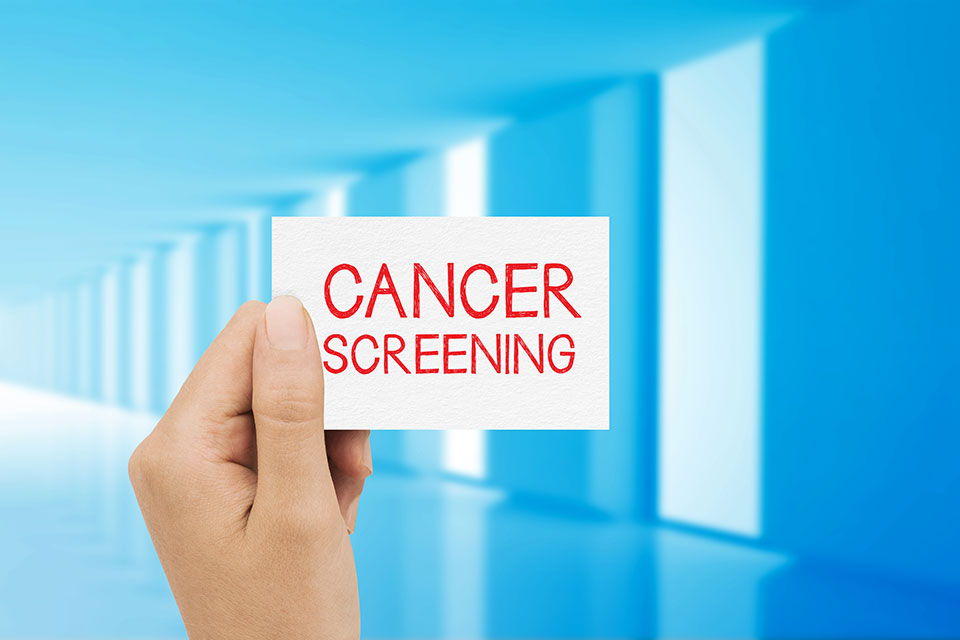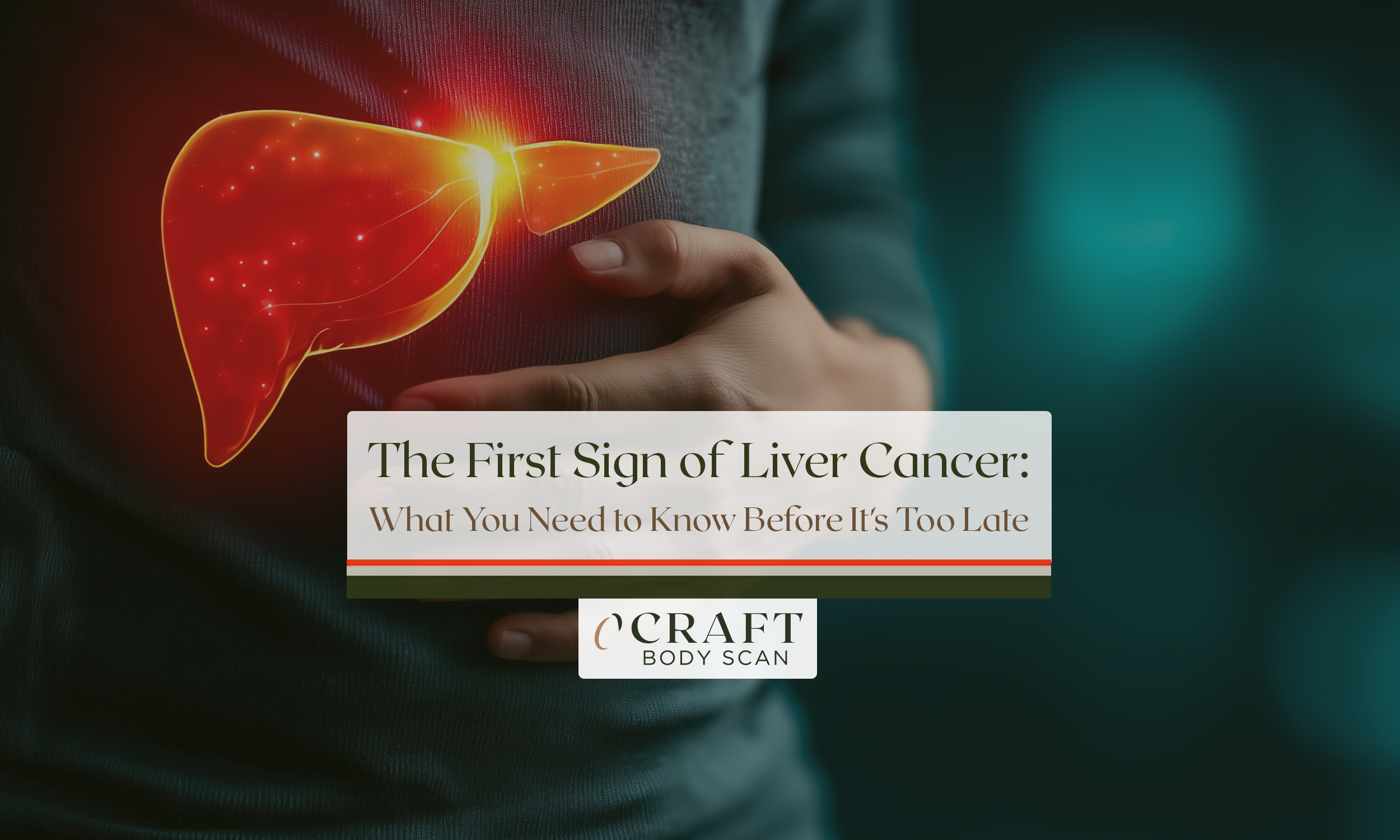Cancer screening tests are crucial in the early detection and prevention of cancer. They help identify cancer in its initial stages, often before any symptoms appear. Early detection of cancer can result in better treatment options and a higher chance of survival.
So what are these essential screening tests? Let’s take a look at the seven essential cancer screening tests and how often you should have them to promote optimal health.
1. Colonoscopy
A colonoscopy is a screening test for colorectal cancer, which is the third most common cancer in both men and women in the US. This test involves a doctor using a long, flexible tube with a camera to examine the inside of the colon and rectum for any abnormalities. If any polyps or suspicious tissue are found, they can be removed or biopsied during the procedure.
Frequency: The American Cancer Society (ACS) recommends that people with an average risk of colorectal cancer start their colonoscopy screenings at the age of 45 and continue every ten years until the age of 75. However, those with a family history or other risk factors may need to start earlier and have more frequent screenings.
2. Pap Smear and HPV Test
A Pap smear is a screening test for cervical cancer in women. It involves collecting cells from the cervix to check for any abnormalities. The human papillomavirus (HPV) test checks for high-risk HPV strains, which can cause cervical cancer.
Frequency: Women should start having Pap smears at the age of 21 and continue every three years until the age of 29. From ages 30 to 65, women should have a Pap smear and an HPV test every five years or a Pap smear alone every three years.
3. Mammogram
A mammogram is an X-ray of the breast used to detect breast cancer. It can identify tumors that are too small to be felt during a breast exam.
Frequency: Women aged 40 to 49 have the option to start annual mammograms if they choose. From ages 50 to 74, women should undergo mammograms every two years or depending on personal preference and risk factors.
4. Stool Test
A stool test involves collecting a sample of your stool to check for the presence of blood, which may indicate colorectal cancer.
Frequency: For those at average risk of colorectal cancer, a stool test can be done every year. Those with higher risks, however, may need more frequent screenings.
5. Flexible Sigmoidoscopy
A flexible sigmoidoscopy is similar to a colonoscopy but examines only the lower part of the colon and rectum. This test can detect polyps and cancer in their early stages.
Frequency: People with an average risk should undergo a flexible sigmoidoscopy every five years starting at age 50. If you have additional risk factors or family history, you may need to start earlier and have more frequent screenings.
6. Computed Tomography (CT) Scan
A low-dose CT scan can help detect lung cancer, especially in individuals with a history of smoking. This test involves taking multiple X-ray images of the lungs, combined to create a detailed image of the lung tissue.
Frequency: The United States Preventive Services Task Force recommends annual low-dose CT scans for individuals aged 50 to 80 with a 20-pack-year smoking history and who currently smoke or have quit within the past 15 years.
Final Thoughts
Regular cancer screening tests are crucial in detecting cancer at an early stage, which can significantly increase the chances of successful treatment. By working with your healthcare provider and following the recommended screening guidelines, you can actively participate in your health and potentially prevent or detect cancer early.
Do you need an advanced body scan in Tulsa? Our non-invasive, low-dose scanner can detect signs of silent killers like cancer, tumors, and heart abnormalities to help you get on the road to optimal wellness. Call us to schedule your scan today.






